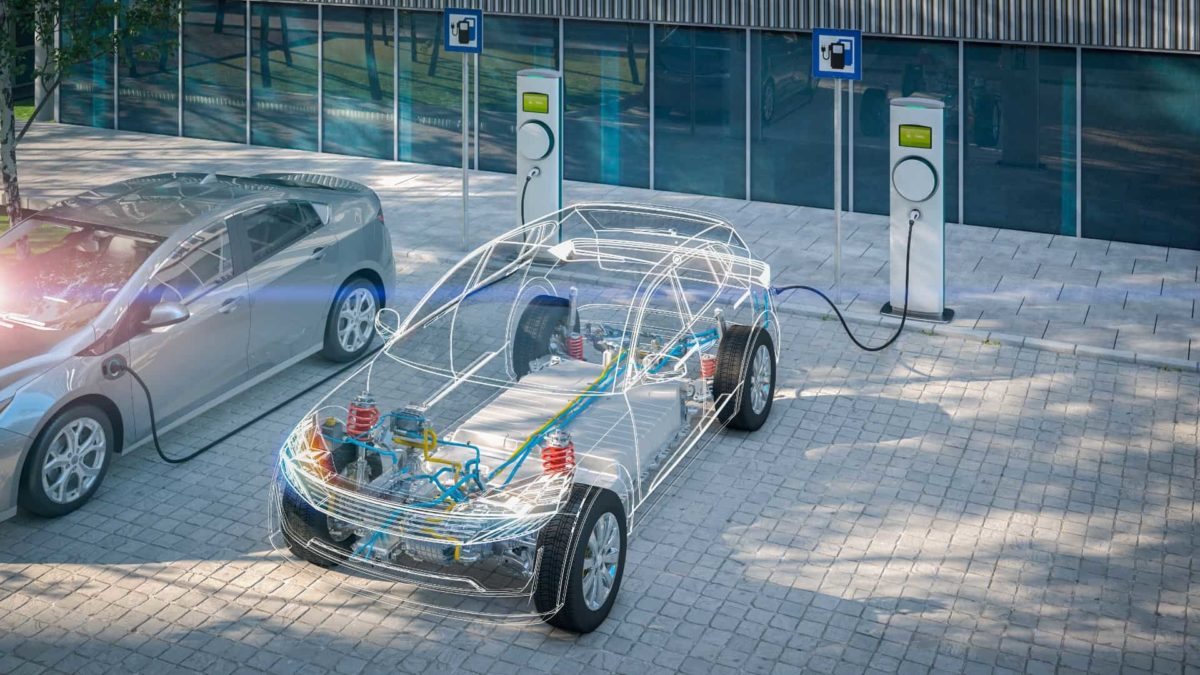Shares like Tesla Inc (NASDAQ: TSLA) and Lynas Rare Earths Ltd (ASX: LYC) have been going gangbusters as investors increasingly come to the realisation that electric vehicles will take over.
This shift is still in its infancy in Australia. Just 0.2% of all vehicles in this country are powered electrically, according to insurer Budget Direct.
But if you were in any doubt about how quickly a market can change, check out this picture:
WOW 13 years for #Techchange #Horses to #Cars #NYC Easter 1900 & Easter 1913 – What Technology changes by 2030 #FutureofWork #ArtificialIntelligence #MachineLearning #IoT #Robotics https://t.co/lkZ0vkFQgu – via @builidingcontext pic.twitter.com/zboK8MHydv
Ian Knowlson 📈 (@IanKnowlson) December 29, 2018
The dramatic side-by-side photo, attributed to Project Haystack Connections managing editor Therese Sullivan, shows how a New York City streetscape completely morphed in just 13 years.
The left photo shows the Easter Parade in 1900 dominated by hundreds of horse-driven carriages, with just one motor vehicle seen.
But the same parade only 13 years later hosts just one horse-powered carriage, surrounded by hundreds of motor cars.
If the transition from horses to petrol engines happened that quickly, the less dramatic shift from petrol to electric could occur in the blink of an eye.
UBS research heads Céline Fornaro and Patrick Hummel reckon transport globally could be "almost fully decarbonised" by the year 2040.
"Our forecast is that electric vehicles will account for 40% of global new car sales by 2030," they reported.
"While many industry players think that is too high, we think it could be too low."
And to remind you, 2030 is only nine years away now.
Tailwinds for electric cars
Already some countries have created a deadline to outlaw sales of petrol-powered vehicles.
"The UK even plans to ban the sale of combustion engine vehicles in 2030, and aims for aviation net zero emissions by 2050," said Fornaro and Hummel.
"China has laid out a roadmap to carbon neutrality by 2060. California has pioneered the adoption of the electric car and penalises heavily the use of non green carbon fuels. The certification of Europe's first two-seater electric plane came in 2020."
As well as regulation, the UBS report cited two other drivers that will supercharge electric car adoption:
- Battery technology: "Battery costs have dropped by more than 50% over the past five years, and full manufacturing cost parity with combustion engine cars should be reached by 2025, at the latest."
- Fuel-cell technology: "Hydrogen powered fuel-cell trucks could become the most cost efficient solution for long haul transportation. The technology could also replace diesel powered locomotives and could even be used in ships (e.g., ferries)."
Investors seeking to add exposure to the future of electric car domination have increasingly poured into vehicle manufacturers like Tesla or Nio Inc (NYSE: NIO).
Additionally, there are many companies that contribute materials or parts to the industry. Lynas and Magna International Inc (NYSE: MGA) are two examples.
There are also businesses involved with providing charging infrastructure, as listed by our The Motley Fool colleagues in the US.









